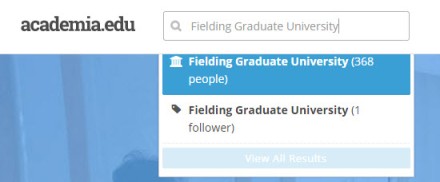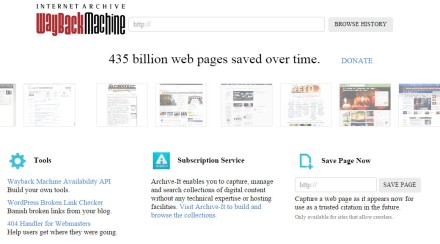Yes, we are all adults here, busy with our work, school, and family obligations…but sometimes we just want to watch TV!
Now, normally it is during the commercial break that we go grab a drink, let the dog out, type one sentence of our paper, check our email…but a unique tool from the Duke University Libraries’ Digital Collection may make you want to watch commercials all day.
AdViews is a digital collection of hundreds (and eventually thousands) of commercials created or acquired between the 1950s-1980s by the D’Arcy Masius Benton & Bowles agency.
The value of having these works freely accessible at your fingertips is twofold:
• First, who doesn’t love to watch old commercials, considering how completely out-of-context they feel in modern times?
• Second, perhaps more seriously for academics such as yourselves, vintage advertisements can inform us about the perceived cultural values of a time. They function as a literal snapshot revealing everything from beliefs about fashion, to hygiene, to health, to race and politics.
For example, see the advertisement below for Post’s Size 8 Cereal (also linked here):
Post Size 8 Cereal, AdViews Digital Collection, John W. Hartman Center for Sales, Advertising & Marketing History, Duke University Libraries.
Be sure to connect to AdViews to view the complete digitized collection. You’ll be able to access older ads for everything from the U.S. Air Force , to a most bizarre Space Dust Candy , to good ol’ Virex Antivirus Spray , to name a few.
Whether you need a bit of a distraction, a trip down memory lane, or can bolster your research, we hope you’ll enjoy exploring this unique collection.







